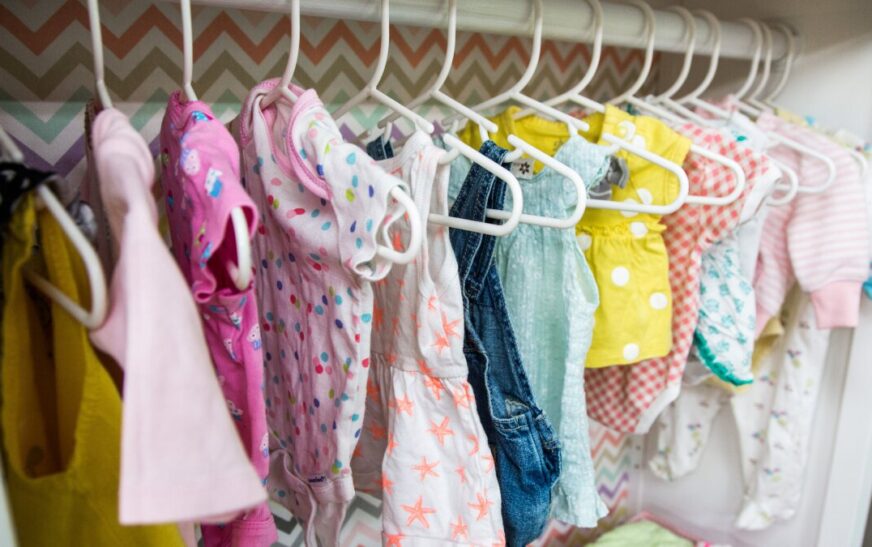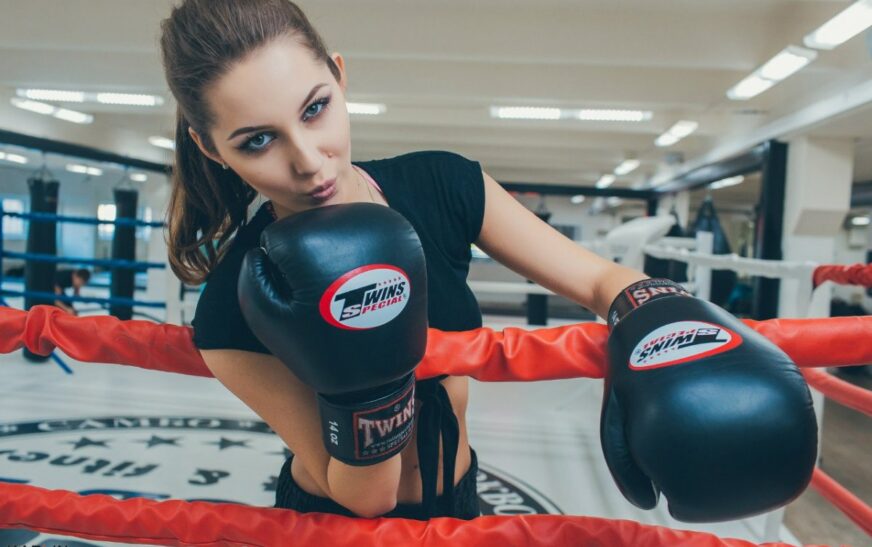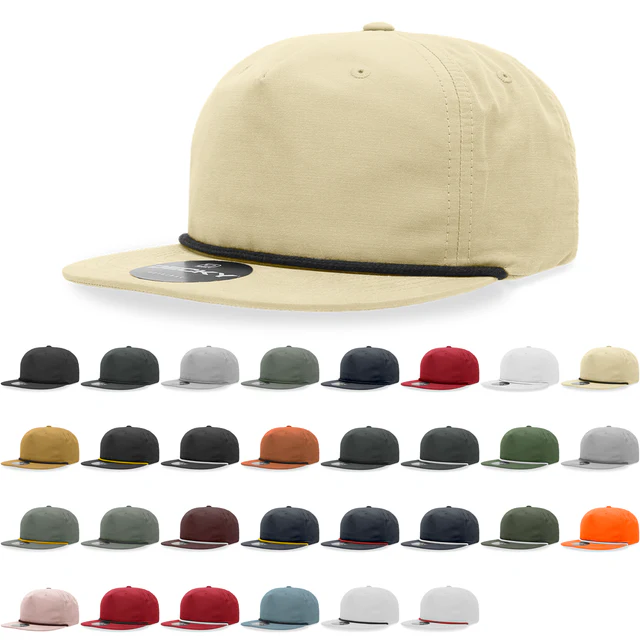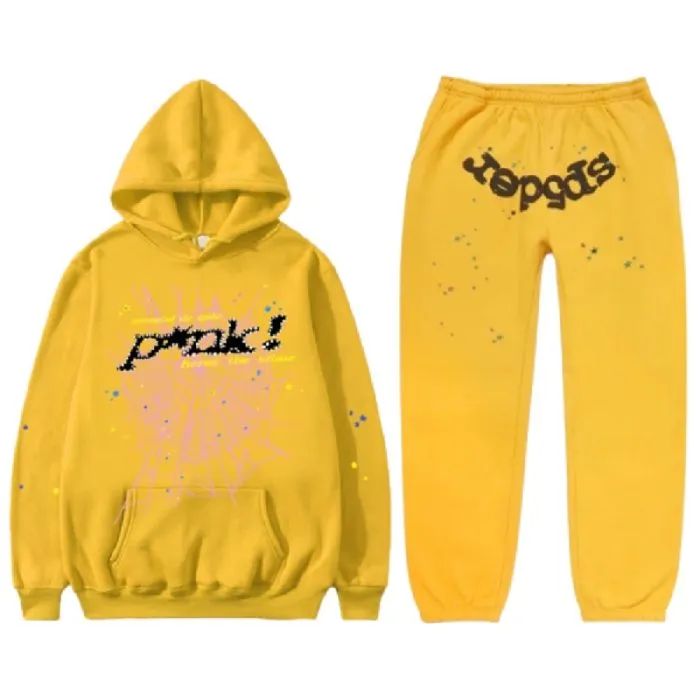Baby clothes are not only adorable but also notoriously prone to stains, often bearing the brunt of daily messes. From frequent spit-ups during feeding sessions to colorful food splashes and unavoidable diaper accidents, these tiny garments endure an endless cycle of spills and mishaps. Their delicate fabrics, designed to be gentle on a baby’s sensitive skin, require special care to avoid damage while keeping them clean. For busy parents, juggling the demands of parenting with stain management can feel overwhelming. In this comprehensive guide, we’ll explore effective ways to prevent and remove stains from baby clothes, offering practical, time-saving solutions specifically tailored to parents’ needs and lifestyles.
Why Baby Clothes Are So Prone to Staining
Baby clothes are made from soft, delicate materials to suit an infant’s sensitive skin. Unfortunately, these fabrics easily absorb spills, making stains a common issue. Babies tend to drool, spit up milk, and experience frequent diaper leaks, all of which leave unsightly marks. Their tiny, fast-growing bodies also mean frequent outfit changes, increasing the risk of stained laundry piles.
Understanding the types of stains can help in their prevention. Milk and formula stains are protein-based, while food stains vary depending on ingredients. Spit-up often contains stomach acids, making it especially challenging to clean. Additionally, bright-colored pureed foods, like carrots and berries, are highly pigmented and notorious for leaving marks on baby clothes.
Parents may unintentionally worsen stains by not acting promptly or using the wrong cleaning methods. Hot water, for example, can set stains permanently into the fabric. Similarly, harsh detergents can weaken delicate fibers or irritate a baby’s sensitive skin.
Incorporating these practices not only helps with stain prevention but also extends the lifespan of baby clothes. With a little planning, parents can effectively manage the mess and keep their baby looking adorable in every outfit.
Immediate Actions for Stains
Acting quickly when a spill or accident occurs is essential to prevent stains from setting. Whether it’s a diaper blowout or a spilled bottle, timely intervention can make cleanup far easier. Start by gently blotting the stain with a clean cloth to remove excess liquid or residue. Avoid rubbing the fabric, as this can spread the stain further into the fibers.
For protein-based stains, such as milk or formula, rinsing the garment under cold running water is the first step. Cold water prevents the proteins from setting into the fabric. Follow this with a mild baby-safe detergent or stain remover, applying it directly to the affected area. Let it sit for 10–15 minutes before washing.
In cases of brightly pigmented food stains, scrape off excess food and soak the garment in a solution of cold water and vinegar. This helps lift the stain before washing. For tougher stains, such as those caused by diaper leaks, create a paste with baking soda and water. Gently rub it onto the stain, let it sit, and then rinse before laundering.
Avoid exposing stained baby clothes to heat until the stain is completely removed. Heat from dryers or hot water sets stains permanently, making them much harder to treat. With these simple yet effective strategies, parents can prevent stains from ruining their baby’s precious outfits.
Best Laundry Products Guide
The choice of laundry products plays a crucial role in preventing stains and maintaining the quality of baby clothes. Baby-safe detergents are specifically designed to be gentle on sensitive skin while effectively removing stains. Look for options labeled as hypoallergenic, dye-free, and fragrance-free to minimize irritation.
Enzyme-based detergents are particularly effective for protein stains, such as milk or formula. These enzymes break down proteins, making it easier to remove stains during the wash cycle. However, avoid overusing these products, as they may weaken delicate fabrics over time.
Fabric softeners should generally be avoided when washing baby clothes, as they can leave residue that irritates a baby’s skin. Instead, opt for natural alternatives, like adding a splash of vinegar during the rinse cycle. Vinegar softens fabrics without leaving harmful residues behind.
Washing baby clothes separately from adult clothing is another essential practice. Adult laundry often contains oils, dirt, and dyes that may transfer onto baby garments. Separate loads help maintain hygiene and prevent unnecessary stains or damage to delicate fabrics.
For special garments, such as family hospital outfits, it’s important to follow the care label instructions meticulously. These sentimental items often require gentle handling to preserve their quality. Using a mesh laundry bag can protect delicate fabrics during the wash cycle.
Preventing Stains Effectively
Preventing stains is always easier than dealing with them after they occur. Incorporating proactive strategies into your daily routine can significantly reduce the likelihood of stains ruining baby clothes.
One of the simplest measures is using bibs, burp cloths, or smocks during feedings and playtime. These protective layers act as a barrier, catching spills before they reach the clothing. Choose absorbent and washable options to make cleanup hassle-free.
Frequent diaper changes are another essential strategy. Prolonged exposure to leaks increases the risk of staining. Using properly fitting diapers and diaper covers can minimize blowouts, saving both time and frustration.
Sorting baby clothes before washing is another effective way to prevent stains. Separate dark and light-colored garments to avoid dye transfer. Washing heavily soiled items separately prevents dirt from spreading to cleaner clothes.
Pre-treating potential stains before washing is a must. Soaking baby clothes in a mixture of water and mild detergent loosens dirt and prevents it from setting in. Busy parents can keep a presoak solution ready to simplify the process.
When purchasing baby clothes, consider opting for stain-resistant fabrics. Many modern baby garments come with stain-repellent coatings, reducing the impact of spills and making cleaning easier. Additionally, organic cotton and sustainable fabrics are less likely to hold onto stains.
By incorporating these preventive measures into daily life, you can keep your baby’s clothes in pristine condition while saving time and effort.
Eco-Friendly Laundry Tips
Sustainability is an important consideration when caring for baby clothes. Eco-friendly practices not only protect the environment but also ensure the safety of your baby’s sensitive skin.
Switching to natural cleaning agents is a great way to start. Vinegar, baking soda, and lemon juice are effective at removing stains without the need for harsh chemicals. These alternatives are gentle on fabrics and help maintain the quality of baby clothes.
Using a front-loading washing machine reduces water usage and is gentler on delicate garments. Additionally, washing at lower temperatures conserves energy and prevents heat from setting stains. Opt for cold or lukewarm water whenever possible to protect fabrics and reduce your carbon footprint.
Line drying is another eco-friendly option that benefits both the environment and your baby’s clothes. Sunlight acts as a natural sanitizer, removing odors and brightening whites. If you must use a dryer, select an energy-efficient model and use a low-heat setting to minimize damage.
Consider purchasing pre-loved baby clothes or donating items your baby has outgrown. This reduces textile waste and supports a circular economy. When shopping for new clothes, choose organic or sustainably made options, which are less likely to retain stains.
By adopting these sustainable laundry practices, parents can maintain their baby’s wardrobe while making a positive impact on the planet. Caring for baby clothes doesn’t have to come at an environmental cost, and these tips provide a balanced approach to effective stain prevention.
By following these five strategies, busy parents can confidently tackle the challenge of keeping baby clothes clean and fresh, ensuring their little ones always look their best.









